I have a literary mind. Any maths beyond the simple makes very little sense to me, no matter how hard I try to get my head round it.
So, I was somewhat dismayed when I realised, upon taking delivery of my first long-term car last month, that I would, for the first time ever, have to start paying attention to my car’s fuel economy beyond what the optimistic trip computer said.
This seemed simple – even I can do division. But when I came to work out my first interim fuel economy between brims, I realised that it would be a lot more complicated than I'd thought.
While we buy petrol and diesel in the UK in litres, a metric (see: logical) unit, we measure its efficiency in miles per gallon, an imperial (see: irritatingly British) unit.
Perhaps it makes some sense to those who grew up with imperial measurements, but I was born when John Major was prime minister, so the concept of a gallon is about as comprehensible to me as… well, why the actual hell a hundredweight isn’t equivalent to 100 pounds.
Who came up with the imperial system? Were they were some kind of sadist?
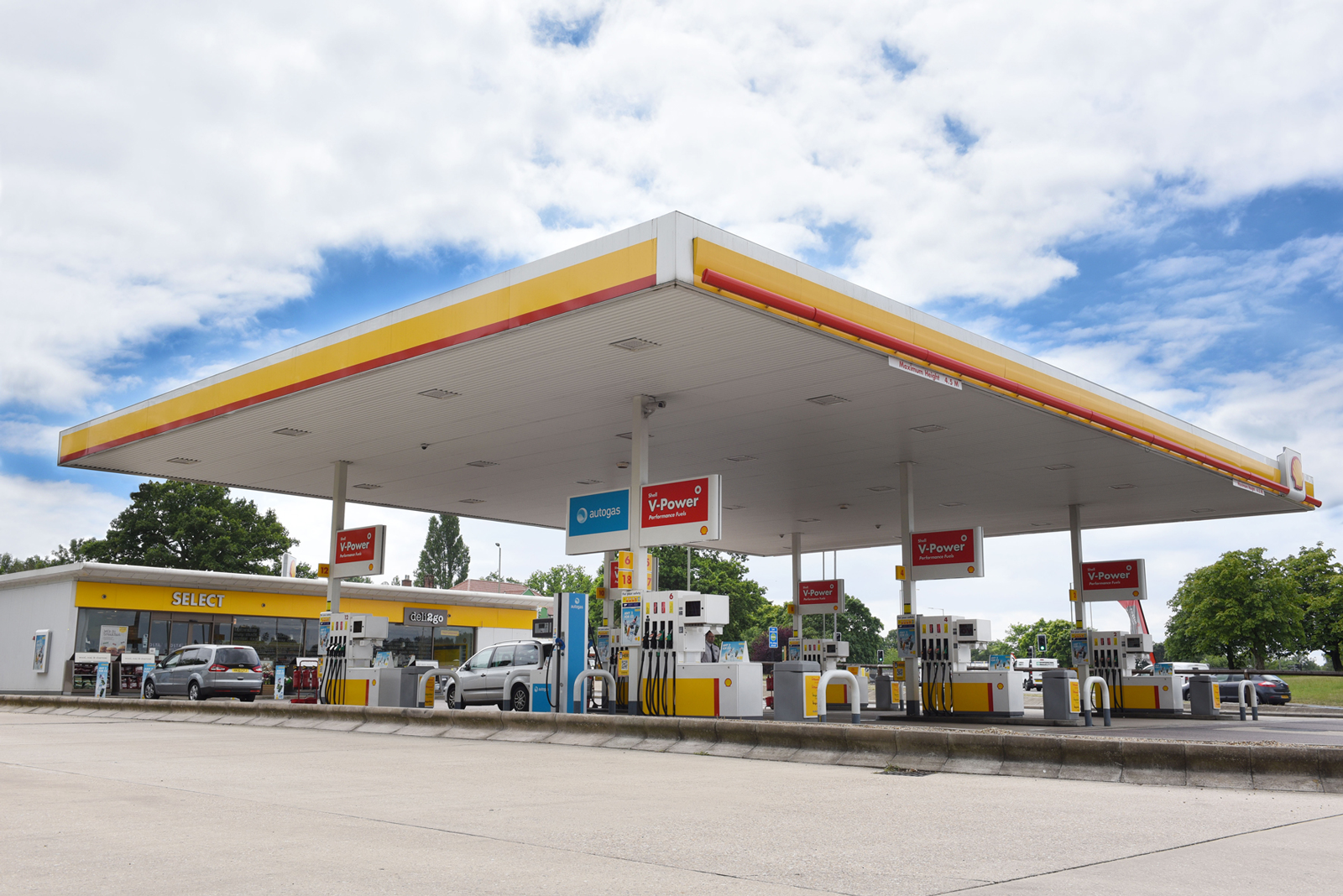 Anyhow, what my realisation meant was this: I don’t properly understand how efficient my car is because I don’t know exactly what a gallon is, even if I have a rough idea and know that 12mpg is rubbish and 50mpg is great.
Anyhow, what my realisation meant was this: I don’t properly understand how efficient my car is because I don’t know exactly what a gallon is, even if I have a rough idea and know that 12mpg is rubbish and 50mpg is great.

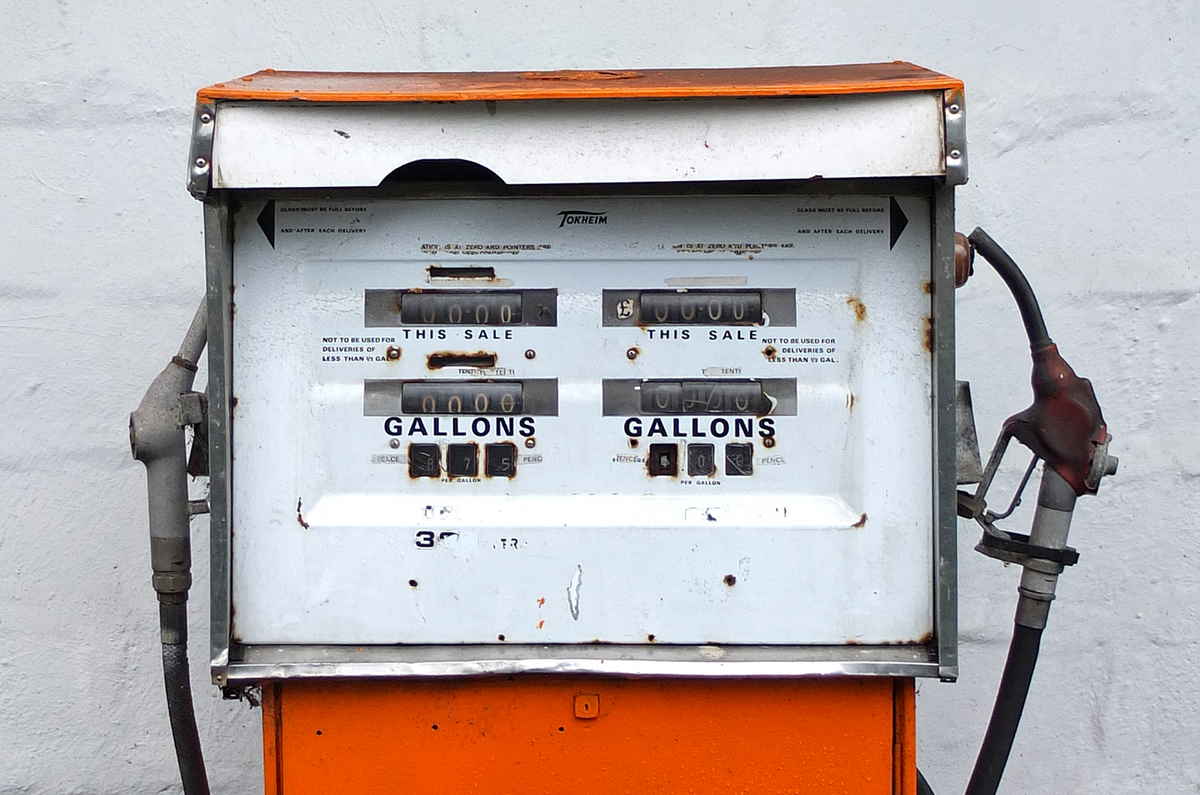
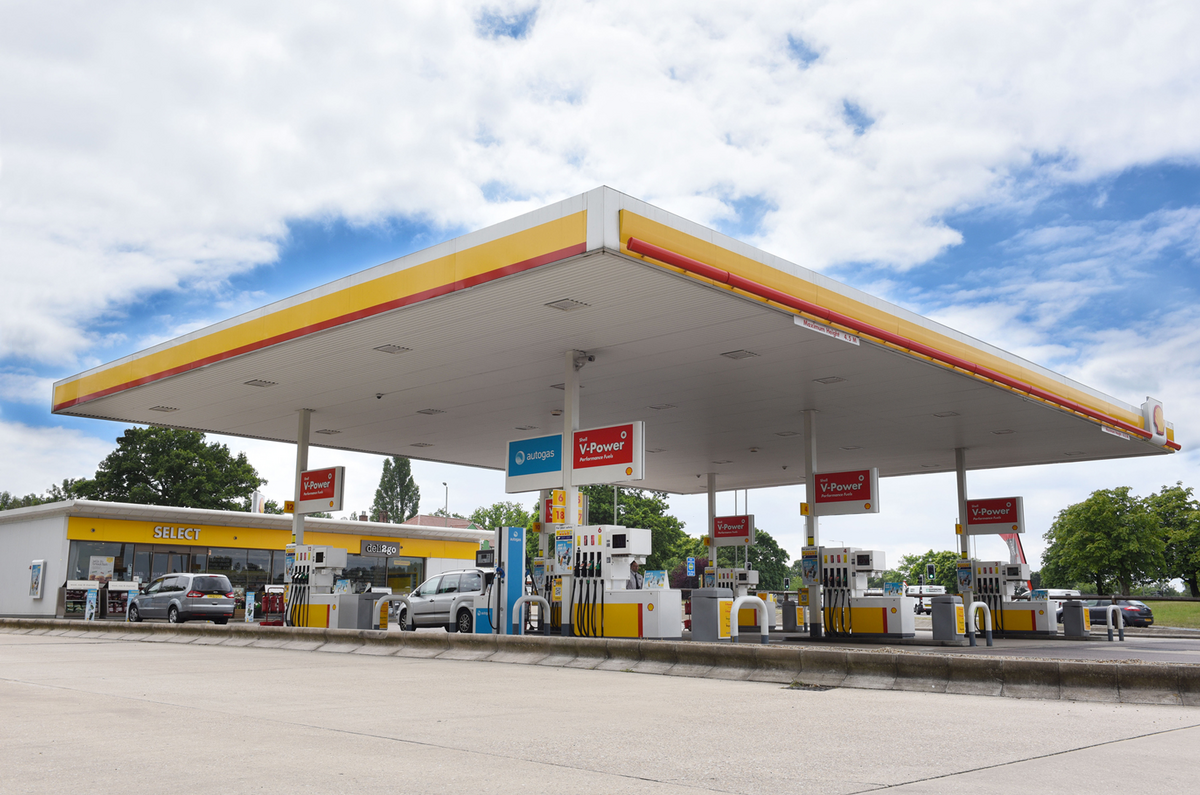
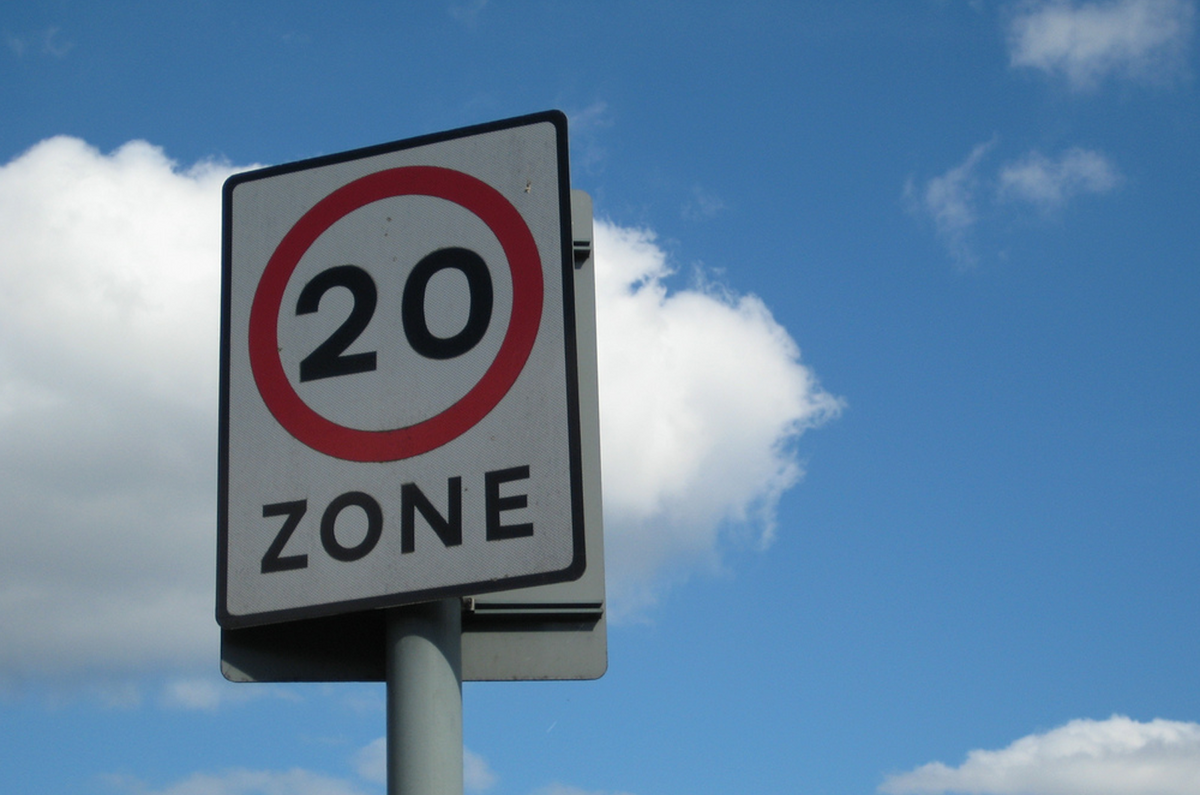




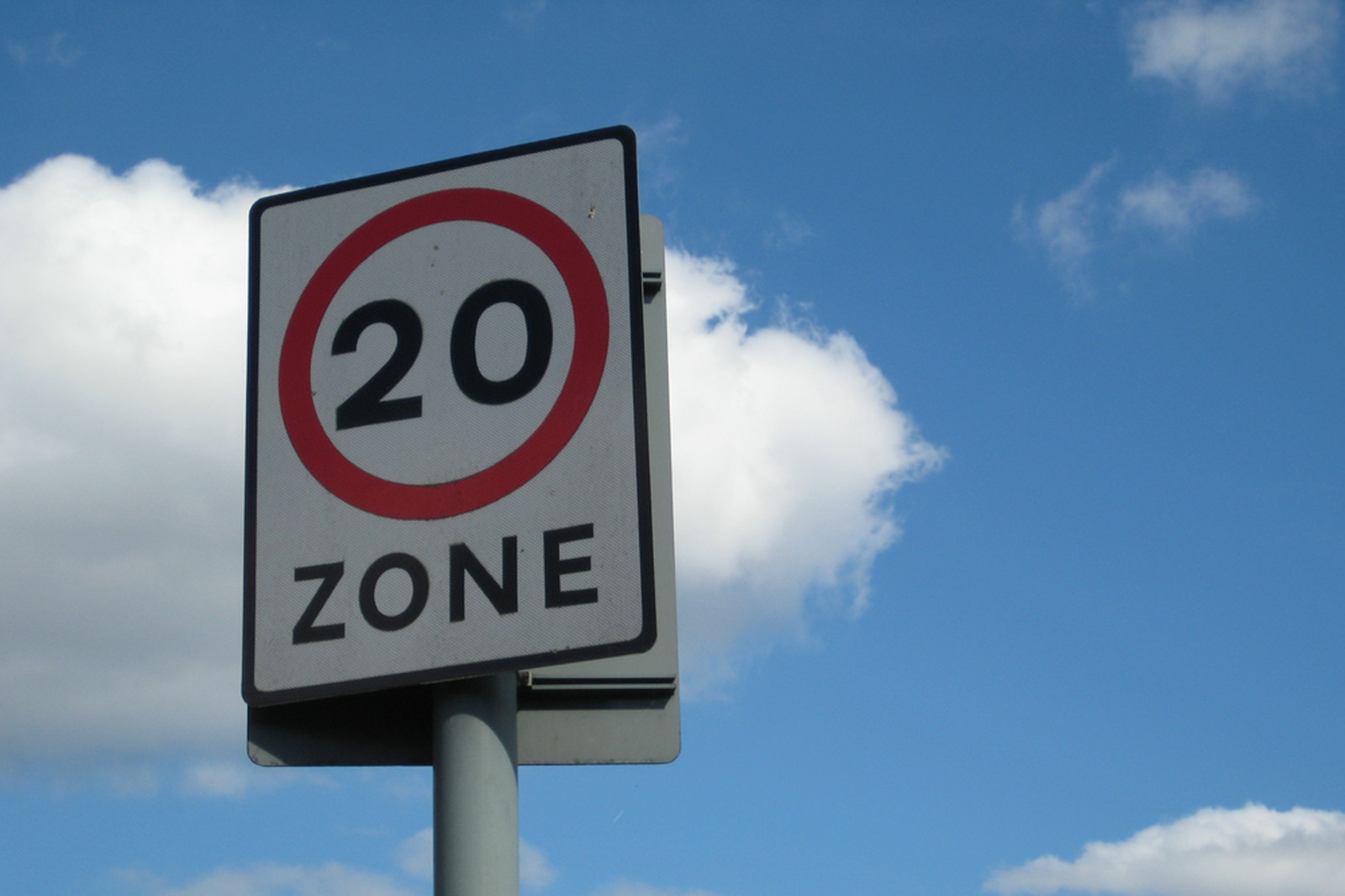

Join the debate
Add your comment
We are a strange backward
We are a strange backward country at times. Anyone who has been to the Rep of Ireland, Australia, New Zealand, Canada and so on will have realised how backward we are to live in this ongoing half way house. A shame former governments didn't get on with the job. No chance now. The Daily Mail and Express will be outraged and we have weak scared politicians these days.
someone wasn't paying attention at school
Kris, if you want my 10 year old can run you through how to do it. She can give you a run down on fractions too!
Its not hard to do the mathemtaics in your head. Almost sounds like you had a task to write a piece and could not think of anything useful so went for a snowflake moan about something so trivial.
Use the "fuelly" website
Can keep a record in either litres or gallons (UK or USA), and instantly convert between the various systems - and also see the results of other drivers with the same car